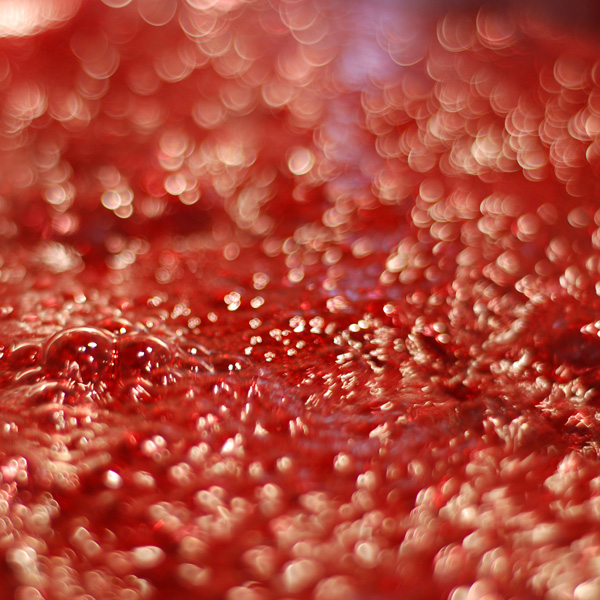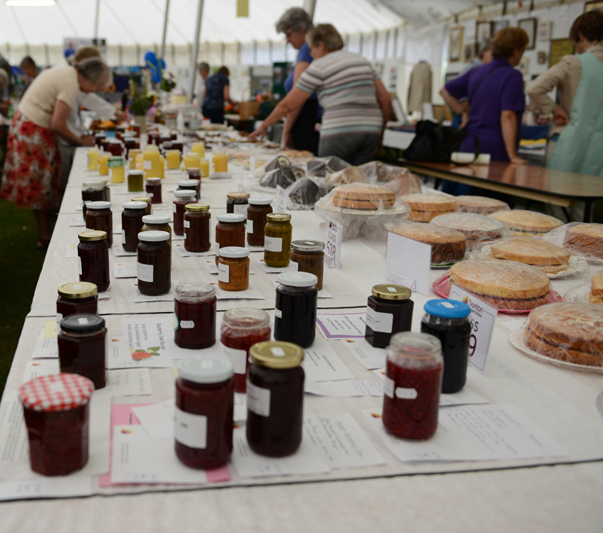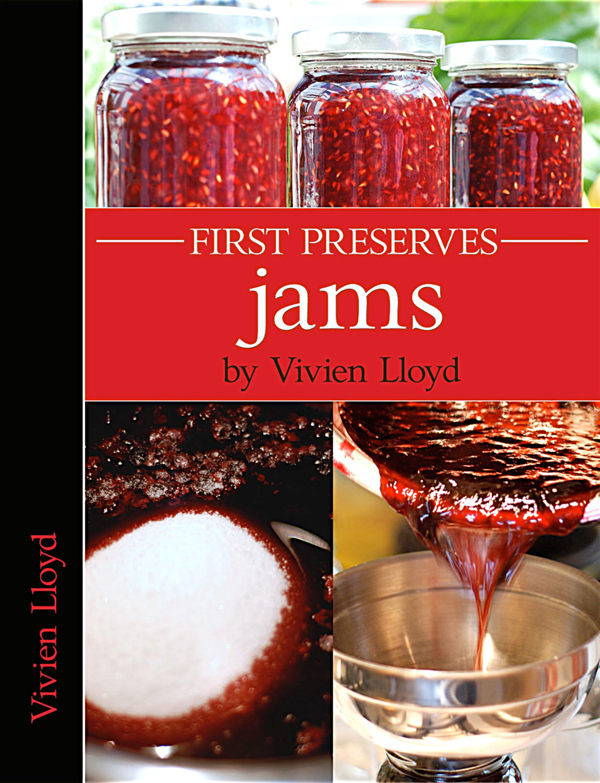In March 2013, I was alerted to a campaign by Clippy Mckenna, with the support of MEP, Arlene McCarthy to change the permitted, total sugar content in Jam from 60% per 100g to 55 or 50%. If successful, their campaign would mean the product we all know as jam could become unrecognisable to the consumer.
In their Guidance Notes for “The Jam and Similar Products Regulations 2003, The Food Standards Agency states “ The Regulations require as a general rule that jam, extra jam, jelly, extra jelly. marmalade, jelly marmalade and sweetened chestnut purée have a sugars content ( expressed as soluble dry matter content) of at least 60%.”
Definition
Traditional jams are a mixture of cooked fruit and sugar without chemical additives. The quality of jam is determined by the proportions of sugar, pectin and acid in the preserve. With a 60% total sugar content, the colours of jams are bright and characteristic of the fruit used in the preserve.
 By reducing the percentages of total sugar content, the characteristic gel in the consistency is lost. If the percentage is less than 60% the jam may ferment, unless chemical additives are added to preserve it. Significantly higher percentages of total sugar content may cause crystallisation in the jam.
By reducing the percentages of total sugar content, the characteristic gel in the consistency is lost. If the percentage is less than 60% the jam may ferment, unless chemical additives are added to preserve it. Significantly higher percentages of total sugar content may cause crystallisation in the jam.
Alternatives to sugar, such as honey, upset the true fruit flavour of the jam. Glucose and glycerine do not replicate the taste of sugar. Jam with less than 60% is either a homogenised spreadable substance or a gloopy product bearing no resemblance to jam.
Calculating Sugar Content
Total sugar content is the percentage by weight of sugar in the jam as a proportion of the yield, i.e. the weight of finished jam. For example, a recipe with 1.4kg (3lb) sugar and fruit which makes 2.25kg (5lb) of jam has a sugar content of around 60% from the sugar in the recipe, after allowing for a little wastage . Adding to that the sugar in the fruit, generally 5-10%, the overall total will be around 65%. When you are calculating these percentages, remember to include in the weight of finished jam an estimate of the amount wasted as scum etc., as this will of course include some of the sugar.
Recipes
There is a misunderstanding that the percentage refers to the weight of sugar in the recipe. In recent years, many authors of books about preserving claim their recipes use less sugar to improve the fruit flavour and reduce the sweetness of jams. However, although the weight of sugar has been reduced in the ingredients lists, the total sugar content in the jams of many are higher than 60%.
 My review of recently published preserving books and online recipes has thrown up an alarming number of recipes with excessive percentages, or recipes without specified yields making it impossible to calculate the total sugar percentage, until after you have made it and potentially wasted good ingredients.
My review of recently published preserving books and online recipes has thrown up an alarming number of recipes with excessive percentages, or recipes without specified yields making it impossible to calculate the total sugar percentage, until after you have made it and potentially wasted good ingredients.
Some Examples
A Plum Jam with 900g sugar with a predicted yield of 1.2kg, will have a total sugar content of approximately 80%.
A Fig and Pomegranate Jam with a predicted yield of 500g and sugar of 400g, will have a sugar content well over 80%. A similar recipe has been published, with a predicted yield of 810g, which should result in a sugar content of around 60%.
An Apricot Jam with 900g sugar with a predicted yield of 1.3kg, will have a sugar content over 75%
A Damson Jam with 700g of sugar, 1kg of damsons and a predicted yield of 775g, has a very high sugar content, over 90% until you make an allowance for the amount of sugar that will be wasted when the stones and scum is removed. However for the sugar content to be as low as 65% approximately a third of the sugar must be wasted.
It is possible that high percentage recipes have incorrect yields, suggesting they were either not tested rigorously or because the recipes are unbalanced in pectin, fruit and acid, they may need a long boil time to get a “set” with a low yield. Prolonged boiling darkens the colour of the jam and affects the flavour and consistency.
Competitions
As a judge, I have noticed an increase in the number of jams in competitions falling short of the definition of jam. The number of traditional jams are becoming the minority exhibit on the show bench.
 Many Artisans and Homemakers are developing or using recipes which do not show case their talents as preservers. Uncooked fruit, slack, not gelled consistencies and weak fruit flavoured jams have their origins in poor quality recipes. Too often entrants have taken their inspiration from the plethora of unscientific recipes.
Many Artisans and Homemakers are developing or using recipes which do not show case their talents as preservers. Uncooked fruit, slack, not gelled consistencies and weak fruit flavoured jams have their origins in poor quality recipes. Too often entrants have taken their inspiration from the plethora of unscientific recipes.
Elsewhere on this website and in my books, I promote traditional recipes as these make real jam. As the campaign to reduce the total sugar percentage continues to have a voice, I continue to make and write about traditional jams, jellies and marmalades. Join my campaign and keep real preserves alive.
 My ebook First Preserves: Jams contains many recipes and one of my favourite videos.
My ebook First Preserves: Jams contains many recipes and one of my favourite videos.
